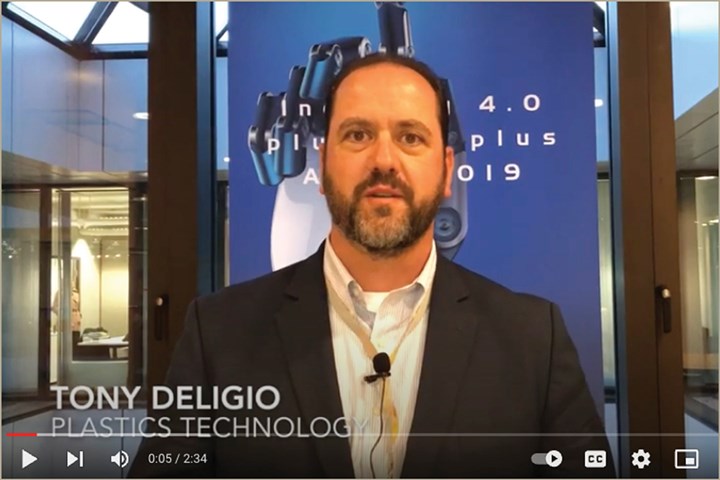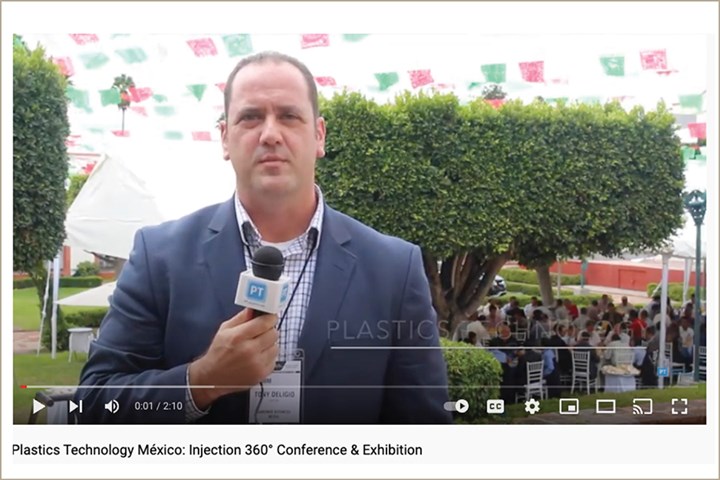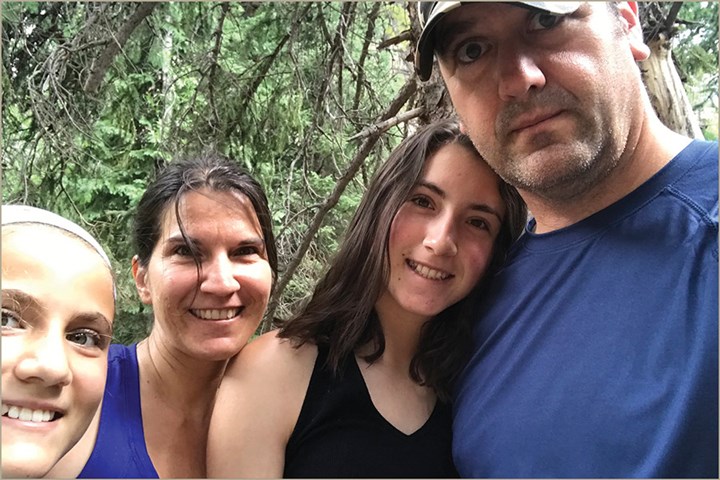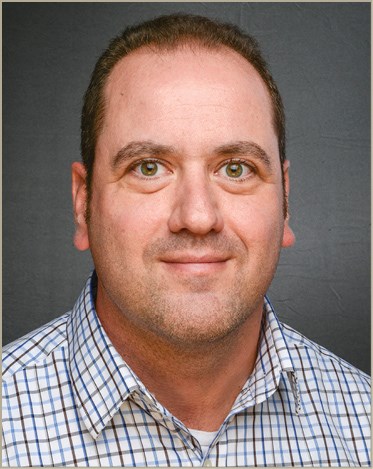The Message Is the Medium
Tony Deligio, Executive Editor, Plastics Technology Magazine takes a trip back in time to reveal his decision to major in journalism in college to where he is more than two decades later. Yes, he still writes for a trade magazine, but he also posts blogs online, creates video reports, and helps organize conferences, among other things.
Employee Spotlight Profile
Tony Deligio, Executive Editor, Plastics Technology Magazine
The Changing Nature of Being a Journalist in the Age of “Content” Creation
Let’s take a brief trip back in time. It’s 1997; I’ve arrived in Fort Collins, Colorado after transferring to Colorado State University (CSU). I’ve decided to major in journalism, and I have a decision to make.
Upon entering the journalism program at Colorado State University, students had to pick between three focus areas: print, broadcast or PR/marketing—three distinct academic tracks training for three distinct careers. Back then, I wanted to be a sportswriter, so it was print for me.
Later, when I decided to get involved with student media on campus, I applied for The Rocky Mountain Collegian—CSU’s student newspaper—working for the campus TV or radio stations would have never occurred to me.
It’s been a minute since I was in the Collegian’s newsroom—I graduated in 1999—and it’s assuredly vastly different from how I left it, but those differences wouldn’t just be in the technology deployed but in the content that’s created. Heck, even the word “content”, in the context of original reporting, would not have been applied to a journalist’s output.
I wrote articles, that’s it. Different types of articles, for sure, but my output, and the tools used to create it, were pretty straightforward: pen and notebook, and maybe a recorder for longer interviews. Once my reporting was done, I’d head to the newsroom in the student center and type up my story on a designated computer, hopefully making it in time for the print deadline the next day.

Fast forward to today. While I still carry a notebook and pen—although I feel more and more old school every time I bring them out—and gather notes for written reports, I also try to capture audio, video and photographic elements from whatever event I’m covering (thanks here to my smart phone for putting all those tools into a pocket-sized device).
I signed up for the “print” journalism track, fully expecting all my future output to be in print. The Collegian had a website, and no doubt my articles ended up there, but I didn’t know how and didn’t overly care, I was most excited about seeing how my reporting looked in the next day’s paper. Going a step further, rest assured dear reader that I never expected to be reporting on camera. Frankly, if you had told me back then that I would be doing some “broadcast” journalism, I would have been a mix of incredulous and terrified.

And yet, here we are. Not only do I have to use a camera and think about photos, but occasionally, it’s me on the camera. It’s still not exactly my comfort zone—give me that notebook and pen any day—but it’s also not the dread-filling experience it would have been for me back in Fort Collins at CSU.
What Do You Do?
The changes I’ve experienced individually as a journalist are also reflected in the broader industry and at Plastics Technology and Gardner Business Media. In the past, if someone asked me what I did for a living, I’d say that I write for a trade magazine. These days that question is a little more complicated. Yes, I still write for a trade magazine, but I also post blogs online, create video reports, and help organize conferences, among other things.
At the end of March, I’ll be working on written (print and digital) stories and video reports, from PTXPO, a new trade show serving the U.S. plastics industry, that is organized by Gardner. As I’ve had to adapt my skills and the “content” I create, so too has Gardner evolved from a publisher of print magazines into a media hub for manufacturing.

Who knows what changes are to come, but I for one, am excited to keep evolving alongside manufacturing and journalism and try things I would’ve never imagined back at CSU.
Need more information?
Tony Deligio, Executive Editor
Plastics Technology Magazine
513-338-2181
LinkedIn
Twitter
About the Author
Tony Deligio
Tony is an executive editor with Plastics Technology magazine. Tony has been covering the global plastics processing industry since 2000, visiting processors and suppliers in North and South America, Europe and Asia. Tony previously covered the plastics processing industry at Injection Molding Magazine, Modern Plastics, Plastics Machinery & Auxiliaries and PlasticsToday. He is a graduate of Colorado State University (Fort Collins, CO) with a degree in technical journalism.
RELATED CONTENT
-
Brand Insistence Vs. Brand Loyalty
While it may be difficult to determine if you have achieved true, valuable brand loyalty, it is not impossible. Here’s a look at an important issue in terms of achieving true brand value.
-
26 Relevant Print Marketing Statistics: 2022 Ad Spending & Impact
Print marketing is not dead. Its impact on consumer brand recall and purchase decision is worth considering, especially if you want to implement an integrated, multi-channel approach to your marketing strategy. This article on marketing trends and predictions can provide more insights on strategies you can use for your business or marketing clients.
-
"Made in the USA" Podcast: Show for This Moment in U.S. Manufacturing
“Made in the USA,” is a six-part documentary-style podcast series that strives to uncover the hidden history of how manufacturing in the United States arrived at its current state and lays out where it can go from here.


